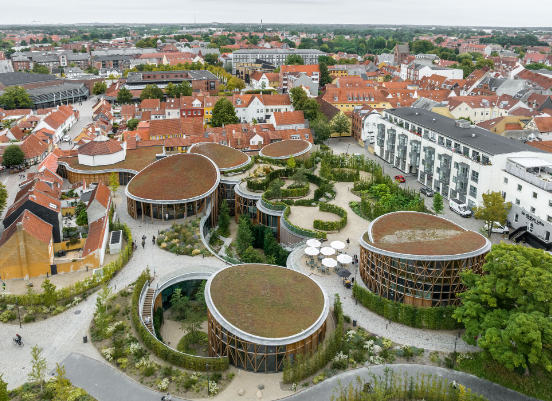Danish landscape architects are making waves both locally and internationally, known for their innovative designs that harmonize nature and urban environments. Their expertise not only enhances aesthetic appeal but also promotes sustainability and community engagement. In a world increasingly focused on environmental issues, understanding their contributions is both relevant and inspiring.
Emerging Trends in Danish Landscape Architecture
Danish landscape architecture is at the forefront of several exciting trends that shape the profession today. One of the most notable is the increased focus on sustainability. Many Danish architects are incorporating native plants and materials that require less maintenance and water, promoting biodiversity in urban settings. This trend isn’t just about creating beautiful parks; it’s also about fostering resilience against climate change. Additionally, there’s a growing interest in multifunctional spaces that serve various community needs, from recreation to environmental education.
Renowned Danish Landscape Architects
Several Danish landscape architects are setting benchmarks globally with their visionary projects. Among them, Bjarke Ingels Group (BIG) stands out for its work that marries cutting-edge design with sustainability. BIG’s projects often include green roofs, urban farms, and parks that encourage community interaction. Another notable figure is Thorbjørn Andersson, known for his emphasis on integrating social needs into landscape design. The work of these architects exemplifies a deep understanding of the environment and social dynamics, making their designs not only beautiful but also practical.
Case Studies of Iconic Projects
One of the best examples of Danish landscape architecture is the Superkilen park in Copenhagen, a vibrant public space that combines cultural elements from around the world. Designed by the Bjarke Ingels Group, the park features distinctive designs, from playgrounds to public art, encouraging community engagement and interaction. Another significant project is the transformation of the old industrial harbor area in Aarhus into a lively waterfront, which includes parks, walking paths, and recreational spaces for the public. These case studies not only showcase innovative design but also highlight the importance of spaces that can adapt to community needs and environmental challenges.
In conclusion, the work of Danish landscape architects not only enhances the visual landscape but also serves important social and environmental purposes. Their commitment to sustainability and community engagement is an inspiration for future designs worldwide. If you’re interested in learning more or exploring specific projects, consider visiting Danish landscapes or following prominent architects online. Their work continues to reshape our understanding of how public spaces can enhance our lives.

